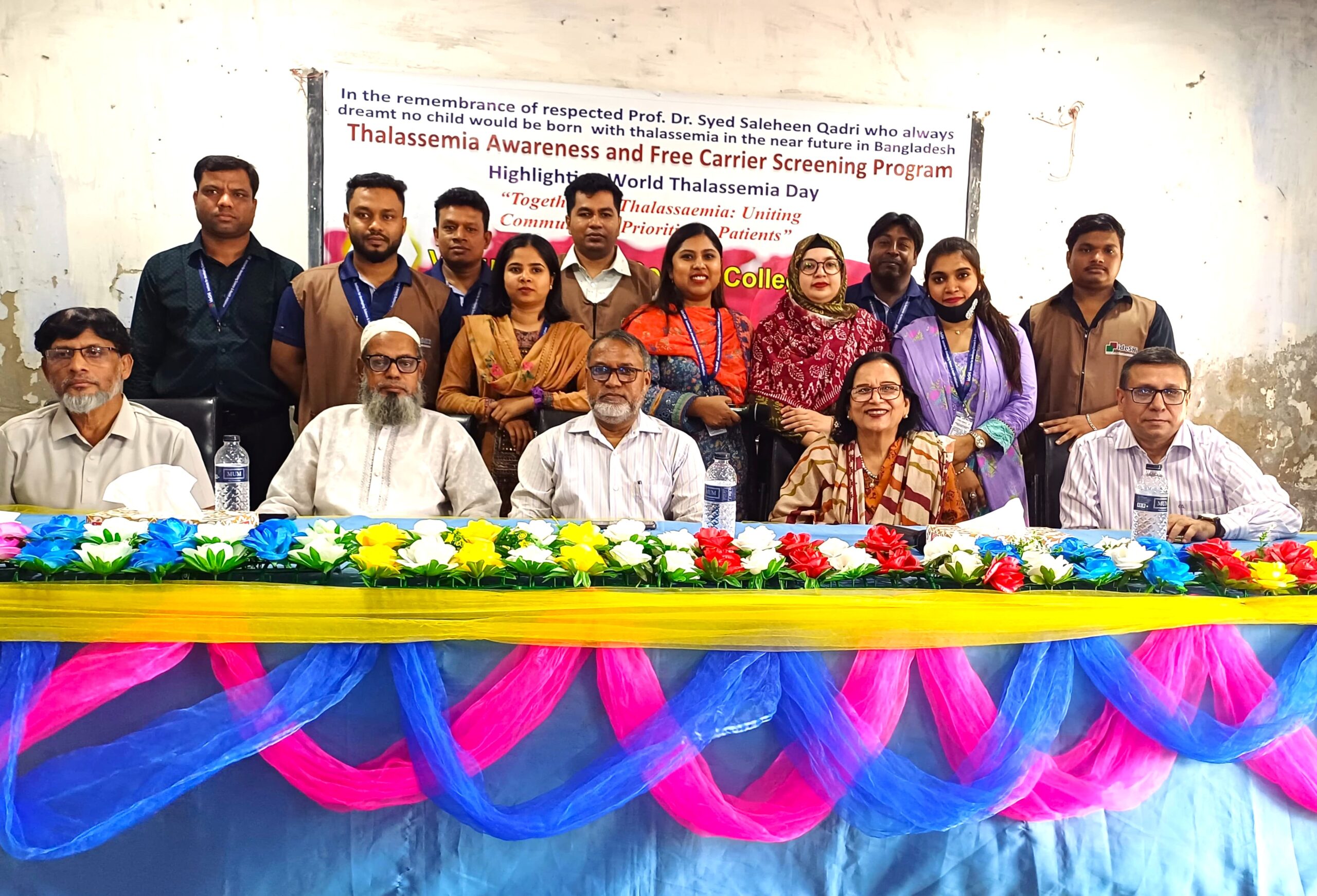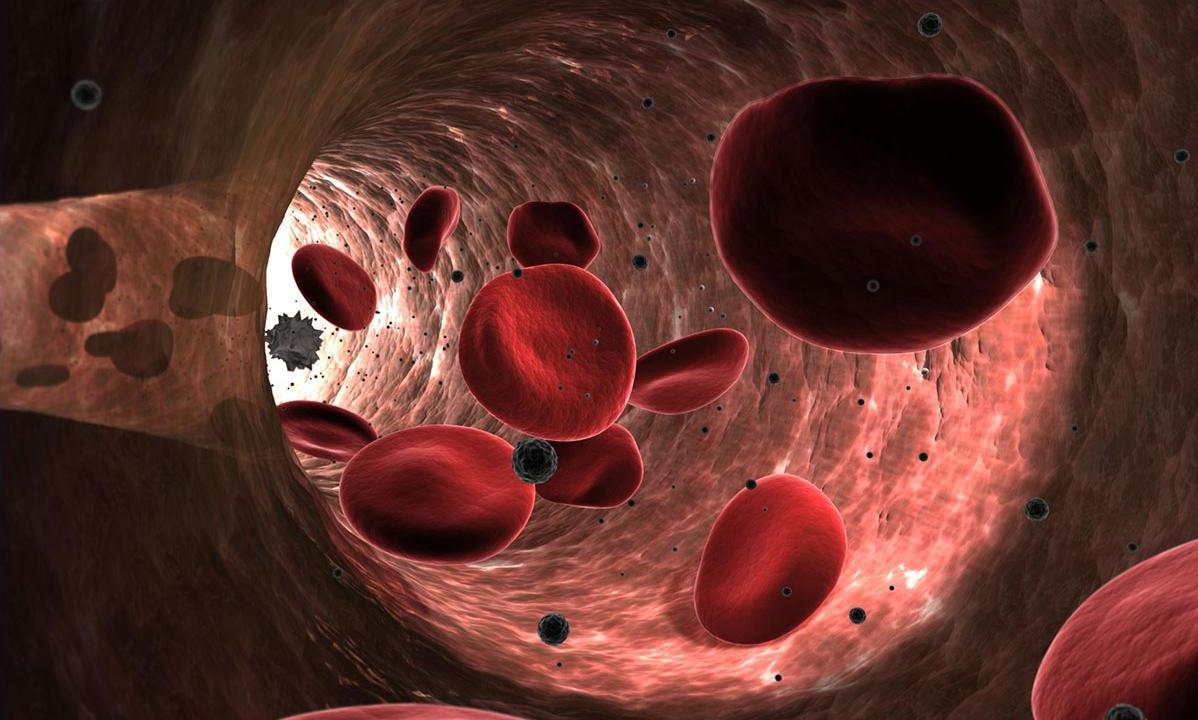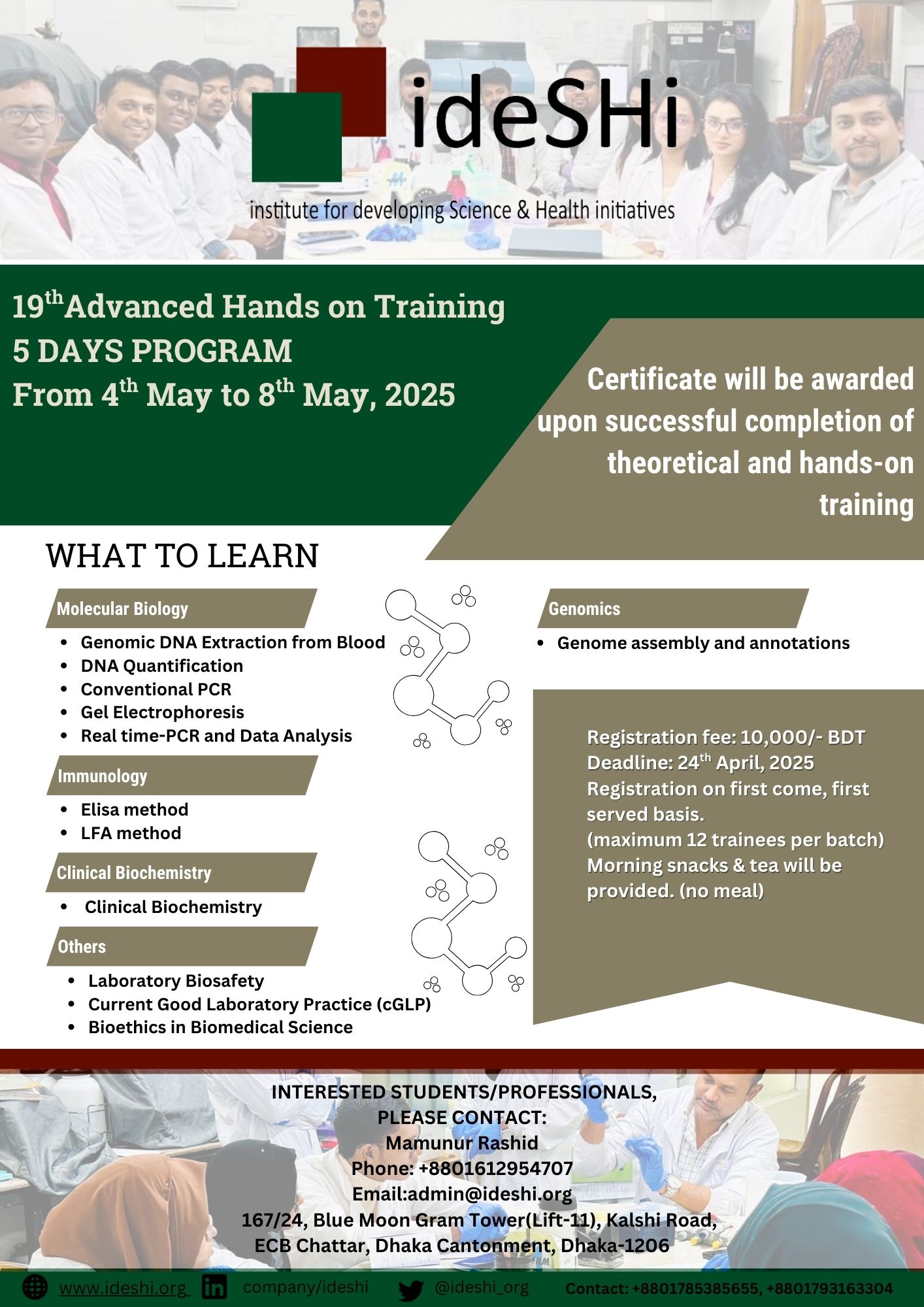“While thalassaemia poses as a big health threat, Bangladesh remains unprepared to deal with the disorder. The government has declared that it will eliminate thalassaemia in the country within 10 years, yet it has no preparation in this regard whatsoever. They have the slogan ‘No thalassaemia in Bangladesh by 2028’, which concerned persons see as overly ambitious.
Experts say that since the disorder is genetic, if both the parents are carriers, there is 25 per cent chance of the child having thalassaemia.
It is most important to control the number of thalassaemia patients through awareness and identification of the thalassaemia carriers. As neither of these is in place in Bangladesh, the number of such patients, and the risks, is on a steady rise in the densely populated Bangladesh.
On 10 January 2018, at a program commemorating the day Bangabandhu Sheikh Mujibur Rahman returned to independent Bangladesh, the health department suddenly announced its 10-year work plan to bring the disease under control. Almost two years have passed since then, but there are no visible signs of the plan being implemented.
The health department has a disease related genetic unit. Thalassaemia is a genetic disorder. However, this has not been brought under this unit of the health department. The coordination and support centre has taken up preparation of a strategic plan to control thalassaemia, but even the draft has not been drawn up as yet.
The thalassaemia program remains confined to observing the special day for the disorder. Thalassaemia Day was observed on 8 May 2019. On the occasion, the health department brought out a poster, stating that it thalassaemia can be controlled. No details were given. The poster brought out in 2018 at least had some directives, explaining about the need to have blood tests before marriage to ensure the child is free of thalassaemia.
The poster remains hanging on the office wall of the personal secretary of the health department’s director general Professor Dr Abul Kalam Azad. But the number of thalassaemia screening program centres has not been increased. It has been planned to open up one or more screening centres in at least eight divisional towns and then in every district. There are only four screening centres at present and all in Dhaka – at Dhaka Medical College Hospital, Bangabandhu Sheikh Mujib Medical University, Armed Forces Institute of Pathology, and Mugda Medical College Hospital.
Scientific Coordinator of the Institute for Developing Science and Health Initiatives (ideSHi) and former professor of Dhaka University’s Biochemistry and Molecular Biology Department, Dr. Syed Saleheen Qadri, said that widespread publicity is required for such a screening program. He said that the government is failing to carry out mass awareness in this regard as the number of centres has not been increased. They will not be able to handle the program with only a small number of centres.
In the meantime, with assistance from Rotary Club of Dhaka North, ideSHi is running a small-scale voluntary screening program. ideSHi was founded in 2012 by icddr,b’s emeritus scientist Dr. Firdausi Qadri. She has been awarded by the French Academy of Sciences for her contribution to epidemiology research. She used the entire prize money to establish ideSHi. It runs two international standard research labs and has a research team that works on genetic diseases. Dr. Firdausi Qadri said that there is limited scope to research on genetic diseases in Bangladesh. ideSHi wants to expand that scope.
ideSHi has already begun screening for thalassaemia carriers on the campus of a number of universities in Dhaka. It says the results are alarming. One in every 10 persons is a thalaessimia carrier. That would mean 1.70 crore of the entire population are carriers.
Dr. Syed Saleheen Qadri said that the thalassaemia carrier has a safe, healthy and normal life, but the problem is when one carrier marries another. There is 25 per cent chance that their child will have thalassaemia. With the lack of awareness, publicity and screening, many people have no ideas that they are carriers.
Pointing to Cyprus as an example of success in thalassaemia control, Dr. Syed Saleheen Qadri said 35 per cent of that country’s people had been carriers. But over a span of 30 years, they have reduced the number of persons with thalassaemia to zero. It began with compulsory voluntary screening programs and clauses were added to marriage registration, preventing two thalassaemia carriers to wed.
Dr. Syed Saleheen Qadri said such a program must be taken up in Bangladesh. After all, the risks of thalassaemia in Bangladesh are high”
-southasian monitor, December 22, 2019






